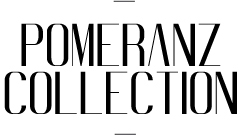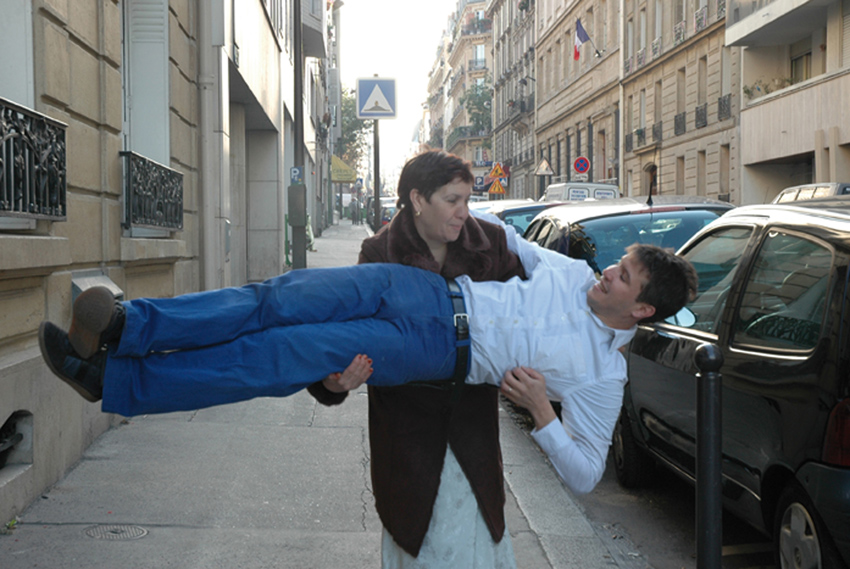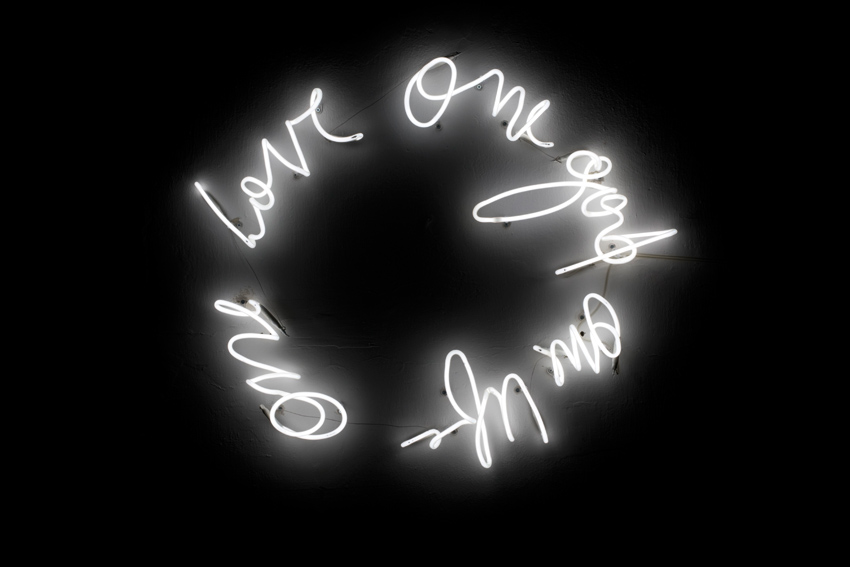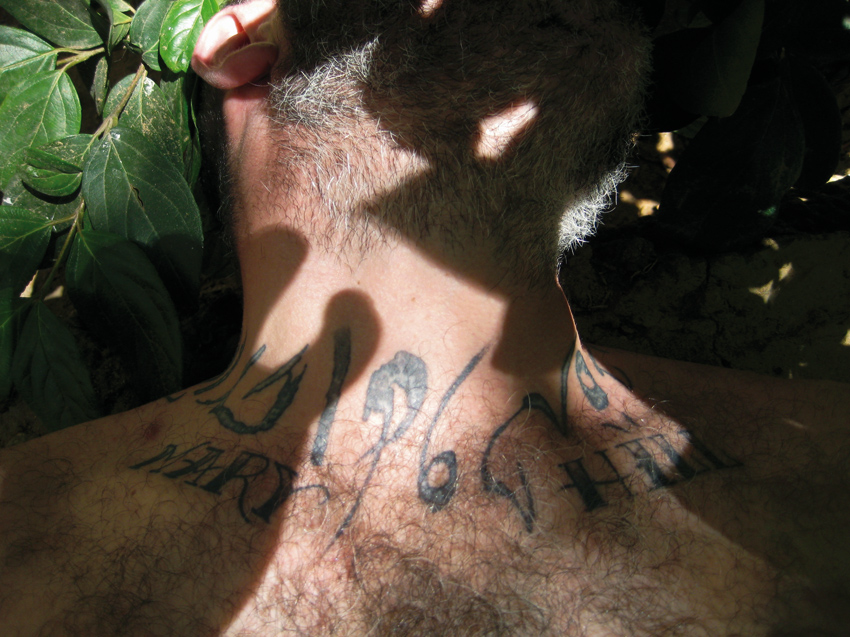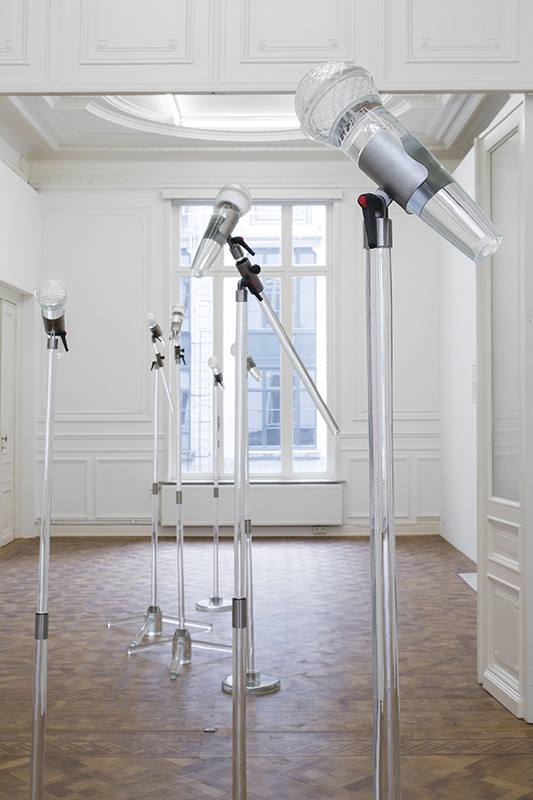ADEL ABDESSEMED
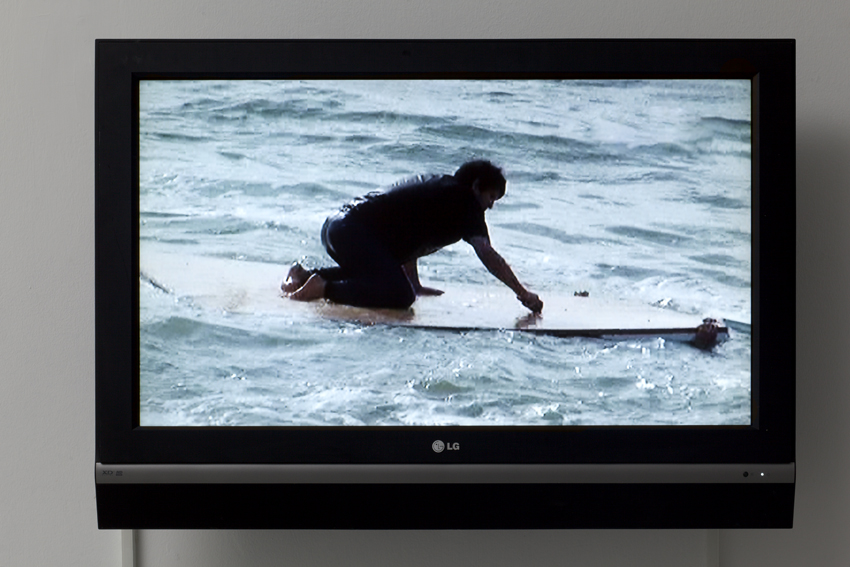


2008
10’’ (loop)
Edition 1/5
Inv. Nr. 135
Photo: Elad Sarig
Born in 1971 in Constantine, Algeria
Lives and works in Paris, France
Adel Abdessemed challenges religious, sexual, racial and social taboos through his work, with, he says, “passion and rage” and equally powerful images. He left his native country in 1994 and settled in Paris, after Berlin and New York. When living in Paris, he appropriated the sidewalk next to his studio as an extension of his workplace. His street acts (2005-2007), documented by photographs or videos, featured himself, friends and all sort of animals: a mule, cats and rats, but also wilder animals such as a lion, boars or snakes. The street is thus understood as a space of potential tension and violence, as well as a meeting place and a playground for most children in Algeria. This series ends on this childlike image, with My Mother Nafissa, where his mother holds the horizontally stretched body of her son in the air. This symbolic image deals with both tension and affect.
Religion, and especially the three monotheisms, is an important subject in Abdessemed’s work. Various works explore, with a keen eye, the concepts underlying these beliefs. The neon One Life, One Love, One God revolves in paradoxical way around the concept of uniqueness in all aspects of life, while otherness is at the core of the artist’s history, this being especially due to the racism he was faced with after moving from Algeria. The photograph Dubh Glas – an old Scottish Gaelic expression, which later gave the name Douglas – continues this project in collaboration with the eponymous artist Douglas Gordon. The picture shows tattoos on the chest of the Scottish artist, as he tilts his head back. Gordon is familiar with tattoos and has often inserted them in his own work. One of these, encircling his throat, is Abdessemed’s statement One Life, One Love, One God.
In the short and hectic video The Sea, Abdessemed combines two significant aspects of his practice: language – and he truly has a way with words – and an endangering and politically committed approach, in line with his Street Acts. In the middle of the sea, the artist faces and resists the violence of the waves while attempting to cynically write the non-provocative phrase “Politically Correct” on the slab of wood on which he stands.
